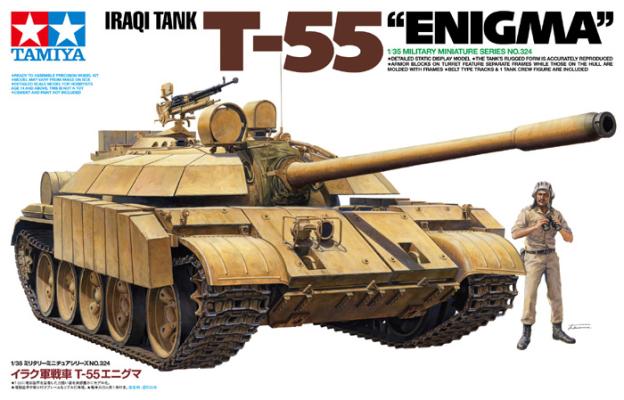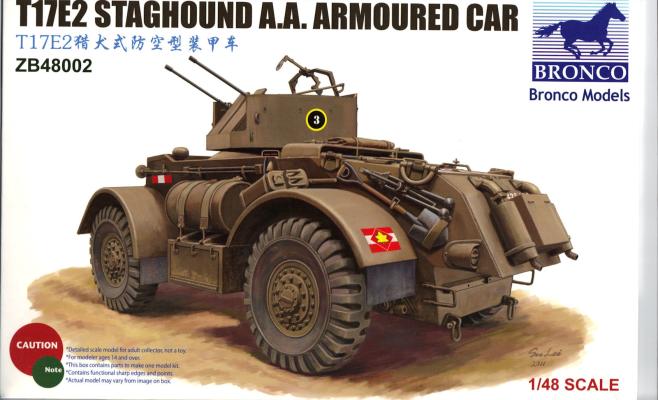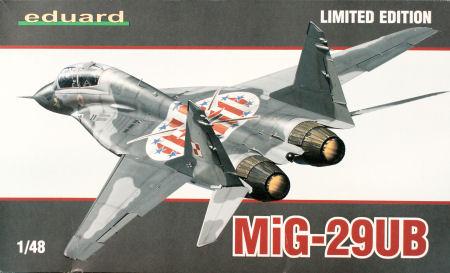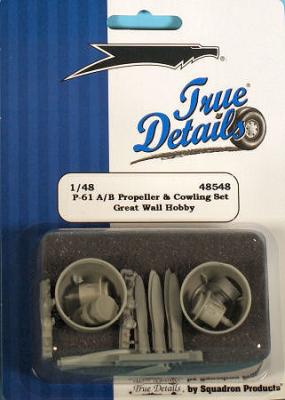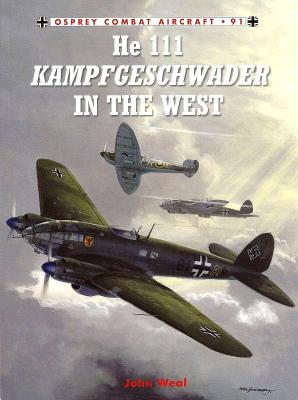Between 1958 and 1981, Iraq received more than 3300 T-54/T-55’s from the Soviet Union, East Germany, Poland, Egypt, Romania, and China. Even though the basic tank design had become obsolete in the 1980’s, Iraq, like most owners of the T-54/55, continually attempted to make upgrades in their aging fleet of armor. Prior to the Gulf War, the Iraqis came up with the “Enigma” design, which was nothing more than bolting on extra armor blocks on the glacis and turret to provide extra protection. These were nothing more than hollow welded boxes that were bolted on. A counter-balance arm was required on the rear of the turret because of the extra weight on the front of the turret.
Welcome to the IPMS/USA Reviews site!
Introduction: The primary organization of the IPMS/USA Review website is by IPMS/USA National Contest Class. Within each Class there are sub-menus by kits, decals, books, etc. The Miscellaneous Class is for items that are not class specific or that cross two or more classes.
IPMS/USA Members: We encourage you to submit reviews, both here and to the Journal. To volunteer for membership in the IPMS/USA "Reviewers Corps" and submit your own reviews, please read the Guidelines For Submitting Product Reviews.
Manufacturers, publishers, and other industry members: IPMS/USA is pleased to offer your company the opportunity for product reviews. All product reviews are performed by IPMS/USA members, and are posted in the publicly-accessible section of our website. With very few exceptions, we perform full build reviews of new kit releases, aftermarket products, and supplies. If you would care to provide product samples for review, please contact John Noack, IPMS/USA 1st VP.
To learn more about IPMS/USA, please see our About Us page.
Eight or so years ago, Tamiya resurrected 1/48th scale for military vehicles models. There is now a new player in the game: Bronco Models of Hong Kong. Bronco has recently launched three sister kits into this niche market: the T17E2 Staghound armored cars, each with a different turret layout. The kit under review here is the anti-aircraft version. And all I can say is WOW, what a fantastic kit it is!
History
The Mikoyan-Gurevich MiG-29UB is a 4th generation air-superiority and multi-role fighter, 2-seat trainer variant. The original design for the MiG-29 saw the F-16 and F-18 as its primary adversaries. The first aircraft were received by Soviet Frontal Aviation units in 1984. The aircraft was designed to take off from small, unimproved fields, have a useful combat radius, and a quick turn-around time. It was also to carry a variable payload of weapons.
The Kit
This is my first Eduard Limited Edition adventure. The kit is the original Academy mold. The kit has engraved panel lines, well detailed tandem cockpits, multi-part canopy, optional position speed brakes and bypass inlets, multi-part exhaust nozzles, and external stores (drop tank and 2 each R-27, R-73 and R-60 missiles).
Thanks go first to Squadron Products for supporting IPMS/USA with these review items; without the support of our model companies, we would all be carving wood again.
This accessory set contains two new cowls with corrected front opening, two sets of propellers, and engine gear box fronts with magnetos and control mechanisms. The price is right for what you get, too!
First, the propellers are exactly the same as those I reviewed earlier for the Revell/Monogram P-61 kit. The spinner contains prop hub mount detail, and the props themselves are all separate; the propeller mounting bosses fit tightly within the spinner/hub area. Just be careful to set the pitch and prop run-out and you’ll have no problems. Center-drill a hole for the prop shaft, and they are complete.
Although ostensibly designed to be a civil airliner, the military potential of the He-111 was of greater importance to Germany in the mid-1930s. Of the several prototypes built by Heinkel, the second and fourth were configured as civil versions to carry 10 passengers and mail. The first and third were configured as the military versions. While Lufthansa took delivery of six aircraft, development continued on the military version, with deliveries made to the first operational squadron in May, 1937. This aircraft went on to become the primary medium bomber of the Luftwaffe during the early stages of WWII. Before WWII ended, more than 7,500 He-111s were built.











